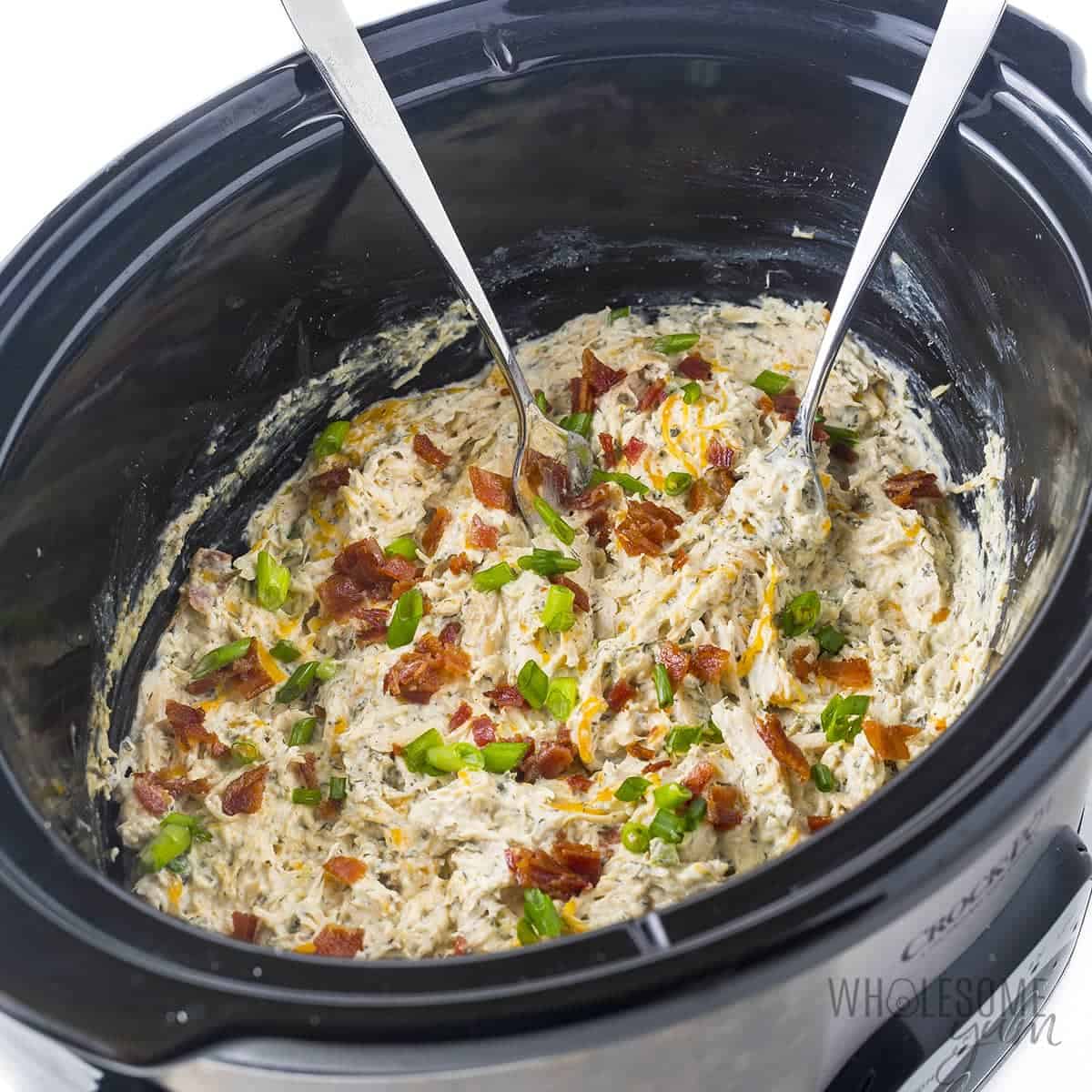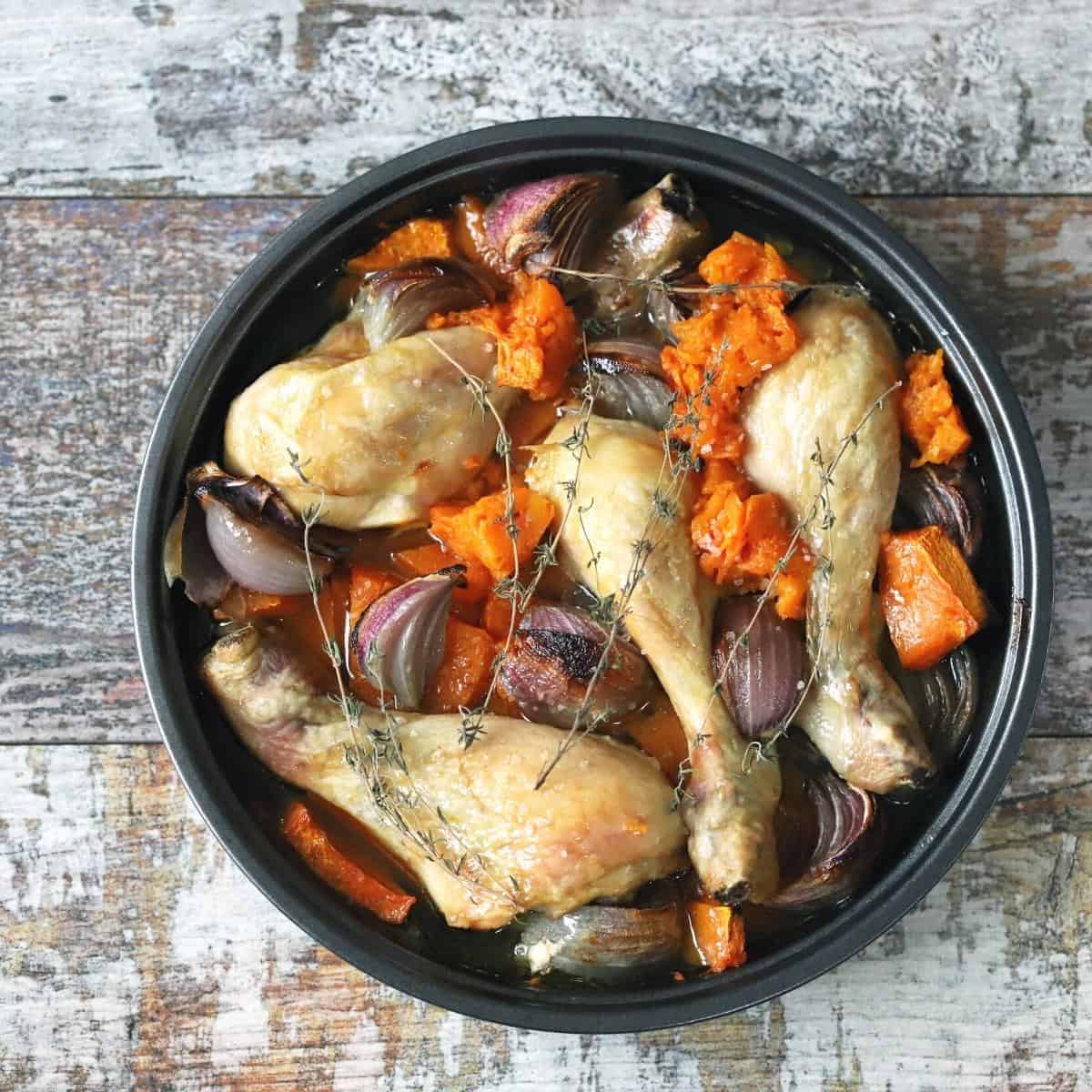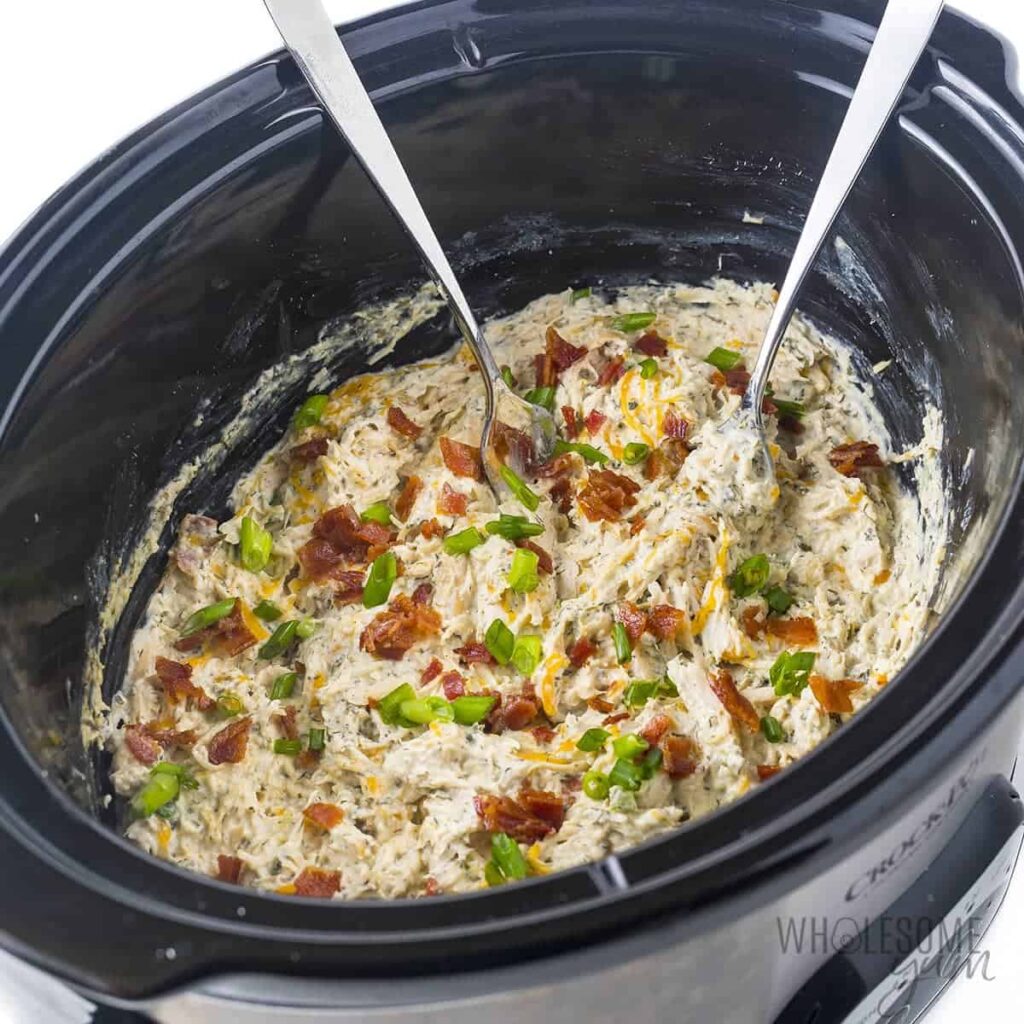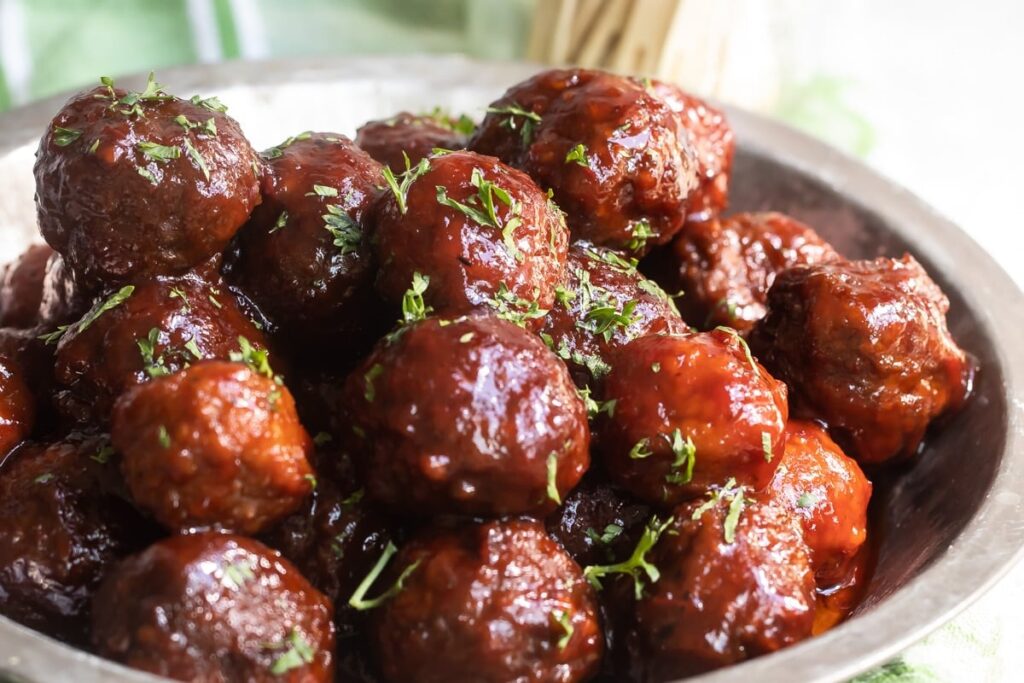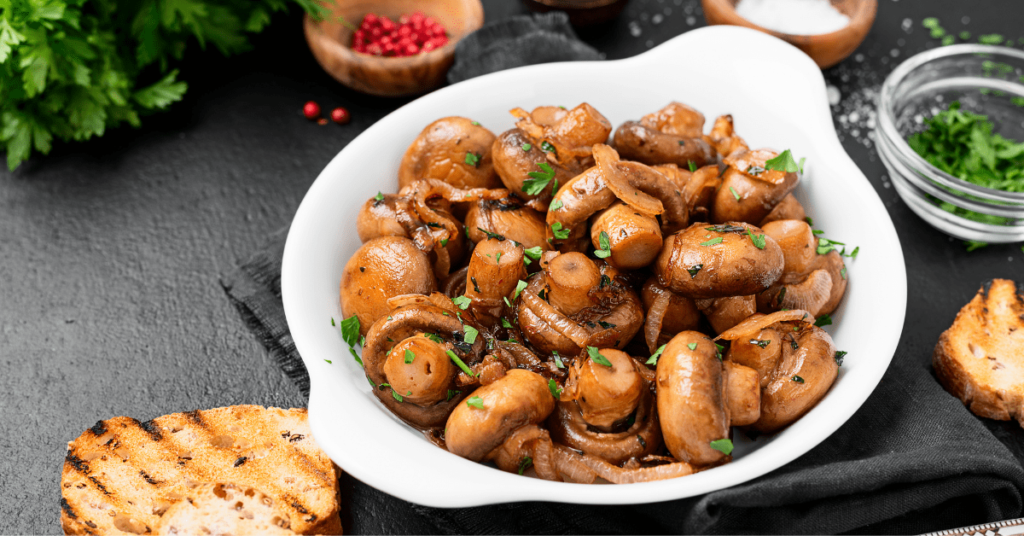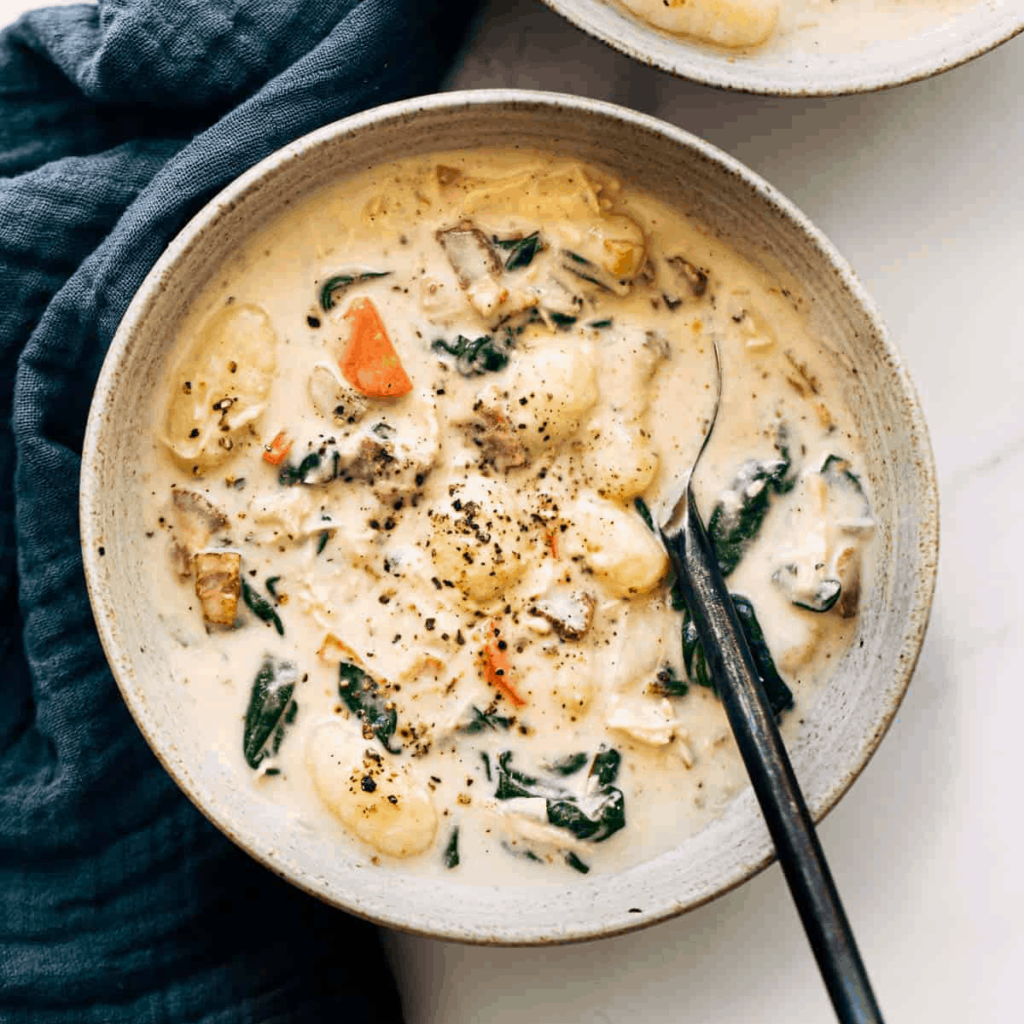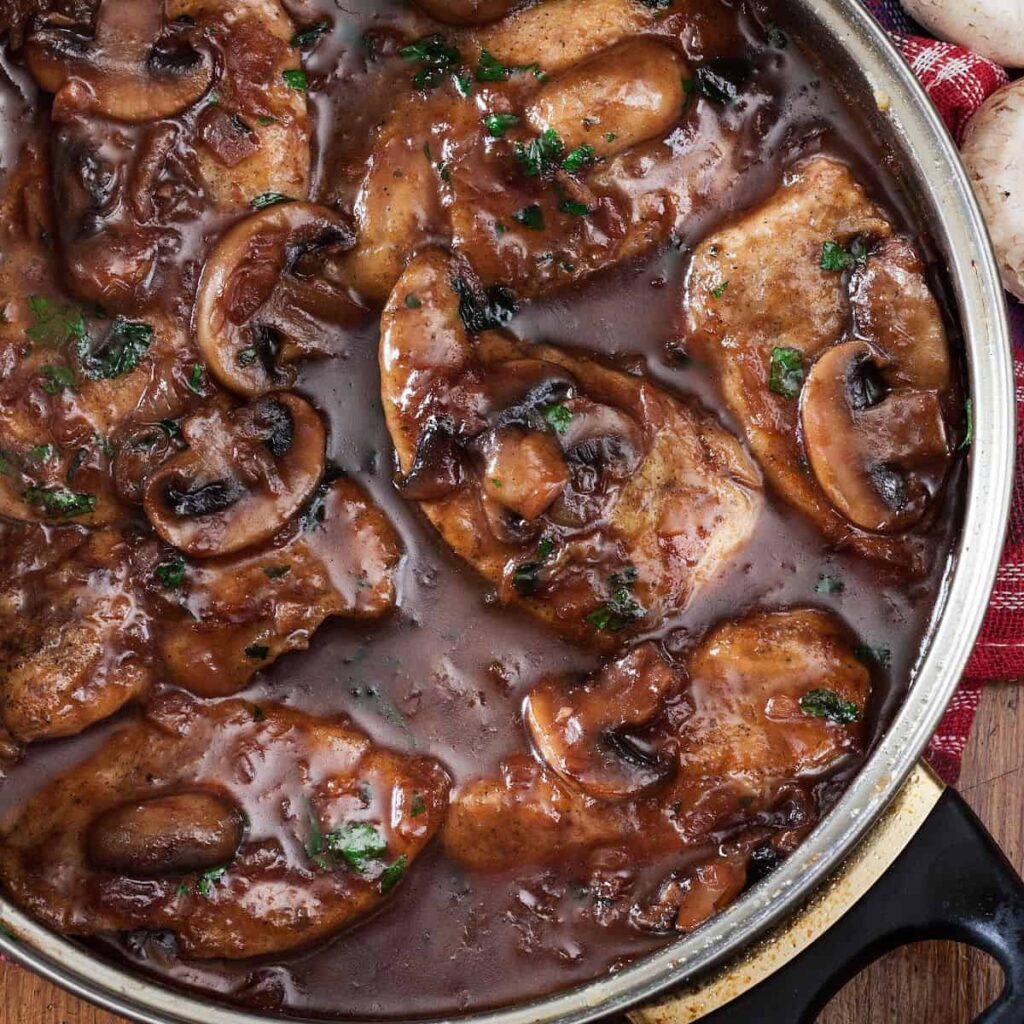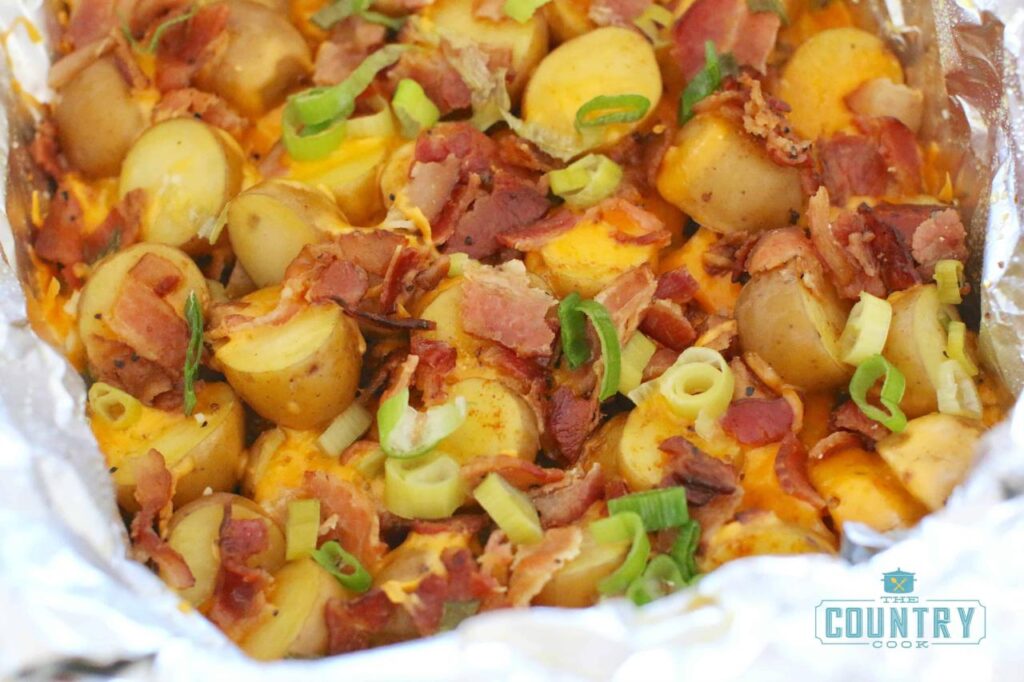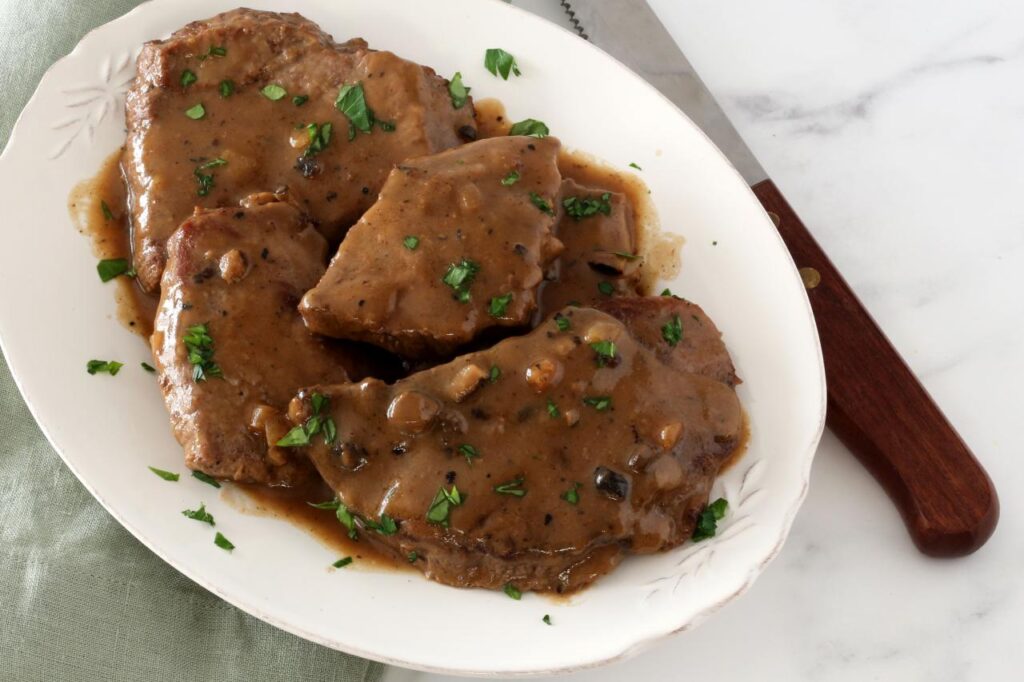Keto crockpot recipes Ideas – Dive into the world of Keto crockpot recipes, where convenience meets culinary excellence. Embrace the ketogenic diet with ease, utilizing the slow-cooking prowess of your crockpot to create mouthwatering dishes that satisfy your taste buds and nourish your body.
From savory soups to tender meats, this comprehensive guide will empower you with the knowledge and inspiration to transform your keto journey into a flavorful adventure. Let your crockpot become your culinary companion, as we explore the endless possibilities of low-carb crockpot cooking.
Introduction
The ketogenic diet, or keto diet for short, is a low-carb, high-fat diet that has gained popularity in recent years. The diet works by forcing the body to burn fat for energy instead of carbohydrates. This can lead to weight loss, improved blood sugar control, and reduced inflammation.
Using a crockpot to cook keto recipes is a great way to save time and energy. Crockpots are slow cookers that cook food on low heat for several hours. This allows the flavors to meld and the meat to become tender and juicy. Additionally, crockpots are relatively inexpensive and easy to use, making them a great option for busy families.
Benefits of Using a Crockpot for Keto Recipes
- Saves time and energy
- Allows flavors to meld
- Makes meat tender and juicy
- Inexpensive and easy to use
Popular Keto Crockpot Recipes
Crockpots are a lifesaver for busy individuals, and they’re perfect for cooking keto-friendly meals. Here are some popular keto crockpot recipes that are both delicious and easy to make:
Keto Pulled Pork
This classic dish is made with pork shoulder that is cooked low and slow in a crockpot. The result is a tender and flavorful pulled pork that can be used in tacos, sandwiches, or salads.
Keto Chicken Tacos, Keto crockpot recipes Ideas
These tacos are made with chicken that is cooked in a crockpot with a flavorful blend of spices. The chicken is then shredded and served on low-carb tortillas with your favorite toppings.
Keto Chili
This hearty chili is made with ground beef, tomatoes, onions, and peppers. It’s a great way to warm up on a cold day, and it’s also a good source of protein and fiber.
Keto Beef Stew
This classic stew is made with beef, vegetables, and a flavorful broth. It’s a hearty and comforting meal that’s perfect for a cold winter night.
Keto Creamy Chicken Soup
This soup is made with chicken, cream, and vegetables. It’s a creamy and comforting soup that’s perfect for a light meal or a snack.
Types of Keto Crockpot Dishes
Keto crockpot recipes encompass a diverse range of dishes that cater to various dietary preferences and culinary tastes. These recipes can be categorized into several types, each offering unique flavors and textures.
The most common types of keto crockpot dishes include:
Soups
- Creamy Chicken Soup: A comforting and flavorful soup made with chicken, heavy cream, and low-carb vegetables.
- Beef Bone Broth: A nutrient-rich broth made by simmering beef bones with aromatic vegetables.
- Taco Soup: A hearty soup inspired by Mexican flavors, featuring ground beef, vegetables, and a blend of spices.
Stews
- Beef Stew: A classic stew made with tender beef chunks, vegetables, and a rich broth.
- Pork Carnitas: Slow-cooked pork shoulder seasoned with Mexican spices, resulting in succulent and flavorful meat.
- Chicken Tikka Masala: An aromatic Indian-inspired stew featuring tender chicken in a creamy tomato-based sauce.
Casseroles
- Cauliflower Casserole: A creamy and cheesy casserole made with cauliflower, cheese, and bacon.
- Taco Casserole: A layered casserole with ground beef, cheese, and low-carb tortillas.
- Spaghetti Squash Casserole: A low-carb alternative to traditional spaghetti, topped with a flavorful meat sauce and cheese.
Meats
- Pulled Pork: Tender and juicy pork shoulder slow-cooked in a flavorful sauce.
- Roast Chicken: A succulent and flavorful whole chicken roasted in the crockpot.
- Beef Brisket: A melt-in-your-mouth brisket braised in a rich and savory broth.
Essential Ingredients for Keto Crockpot Recipes
Creating delectable Keto crockpot meals requires a thoughtful selection of ingredients. These essential components contribute to the distinctive flavors, textures, and nutritional profiles that define this popular cooking method.
The following ingredients play pivotal roles in crafting satisfying Keto crockpot dishes:
Fats
- Butter or Ghee: Rich in healthy fats, they add creaminess and depth of flavor.
- Olive Oil: A heart-healthy monounsaturated fat that enhances taste and moistness.
- Bacon Grease: Imparts a savory, smoky flavor and provides extra fat.
Proteins
- Meat: Lean cuts of beef, chicken, pork, or fish provide ample protein and flavor.
- Eggs: Whole eggs or egg whites add protein and richness.
- Seafood: Fatty fish like salmon or tuna contribute healthy fats and protein.
Vegetables
- Leafy Greens: Spinach, kale, or Swiss chard provide fiber and essential nutrients.
- Cruciferous Vegetables: Broccoli, cauliflower, or Brussels sprouts add crunch and vitamins.
- Root Vegetables: Carrots, celery, or onions enhance sweetness and provide antioxidants.
Dairy
- Heavy Cream: Adds richness and creaminess to sauces and soups.
- Sour Cream: Provides tanginess and thickness.
- Cheese: Shredded or sliced cheese melts beautifully, adding flavor and texture.
Seasonings and Spices
- Salt and Pepper: Enhance the natural flavors of ingredients.
- Herbs: Fresh or dried herbs like rosemary, thyme, or oregano add depth and complexity.
- Spices: Cumin, paprika, or chili powder provide warmth and spiciness.
Tips for Preparing Keto Crockpot Recipes
Mastering the art of preparing keto crockpot recipes is a breeze with a few clever tips. Whether you’re a seasoned crockpot chef or a newbie to the ketogenic diet, these insights will elevate your culinary game and ensure effortless, flavorful meals.
Meal Prepping for Success
- Plan your meals ahead of time to avoid last-minute stress and unhealthy choices.
- Chop vegetables, marinate meats, and prepare sauces in advance to save time during the cooking process.
- Use freezer-safe containers to store prepped ingredients for quick and convenient meal assembly.
Flavorful Seasoning
Seasoning is the key to unlocking the full potential of keto crockpot recipes. Use a generous amount of herbs, spices, and salt to enhance the natural flavors of your ingredients.
- Experiment with different spice blends to create unique and exciting dishes.
- Add acidic ingredients like lemon juice or vinegar to brighten flavors and balance richness.
- Don’t be afraid to adjust seasonings to your personal taste preferences.
Adjusting Cooking Times
Crockpots cook slowly and evenly, but cooking times can vary depending on the recipe and the size of your crockpot. Follow these guidelines to ensure your meals are cooked to perfection:
- Check the recipe for recommended cooking times and adjust as needed.
- Use a meat thermometer to ensure meats are cooked to the desired internal temperature.
- If vegetables are too firm or liquids are too thin, extend the cooking time accordingly.
Troubleshooting Common Challenges
- Dry Meat: Use bone-in meats or add extra broth or liquid to prevent dryness.
- Bland Flavor: Increase the amount of seasonings or add acidic ingredients to enhance flavor.
- Overcooked Vegetables: Add vegetables towards the end of the cooking process to prevent overcooking.
Benefits of Using a Crockpot for Keto Recipes
Crockpots, also known as slow cookers, offer a myriad of benefits for preparing Keto recipes. Their convenience, time-saving capabilities, and ability to preserve nutritional value make them an ideal choice for those following a Ketogenic diet.
Compared to other cooking methods, crockpots excel in their ability to cook food slowly and evenly over an extended period. This low-and-slow cooking process allows flavors to meld and develop, resulting in tender and flavorful dishes. Additionally, the sealed environment of a crockpot prevents moisture from escaping, ensuring that dishes remain moist and succulent.
Time-Saving Convenience
Crockpots are incredibly convenient as they allow for hands-off cooking. Once ingredients are added and the crockpot is turned on, you can go about your day without having to constantly monitor the cooking process. This frees up your time to focus on other tasks or activities.
Nutritional Preservation
Crockpot cooking helps preserve the nutritional value of food. The low-temperature cooking process minimizes nutrient loss, ensuring that your Keto meals retain their vitamins, minerals, and other essential nutrients.
If you’re looking for an easy and delicious way to cook your favorite keto meals, then you need to try using a crockpot. With a crockpot, you can simply throw in your ingredients and let it cook for hours, resulting in a tender and flavorful meal.
And if you’re looking for some inspiration, be sure to check out our collection of Steak crockpot recipes Ideas. We have everything from classic pot roasts to hearty stews, so you’re sure to find something you’ll love. And once you’ve tried cooking keto in a crockpot, you’ll never go back to the stovetop again!
Creating a Keto Crockpot Meal Plan
Creating a Keto crockpot meal plan involves planning your meals ahead of time to ensure you have a variety of nutritious and satisfying options available. Consider your dietary needs, preferences, and schedule when creating your plan.
Here’s a sample meal plan with recipe suggestions to get you started:
Breakfast
- Monday: Keto Egg Bites with Spinach and Feta
- Tuesday: Keto Breakfast Casserole with Sausage and Vegetables
- Wednesday: Keto Pancakes with Almond Flour and Berries
- Thursday: Keto Smoothie with Avocado, Spinach, and MCT Oil
- Friday: Keto Yogurt Parfait with Berries and Nuts
Lunch
- Monday: Keto Chicken and Avocado Salad with Lemon-Herb Dressing
- Tuesday: Keto Tuna Salad with Celery and Onion
- Wednesday: Keto Cobb Salad with Bacon, Avocado, and Blue Cheese
- Thursday: Keto Soup with Chicken, Vegetables, and Bone Broth
- Friday: Keto Leftovers from Dinner
Dinner
- Monday: Keto Slow Cooker Chicken Tacos with Avocado Crema
- Tuesday: Keto Slow Cooker Salmon with Lemon and Dill
- Wednesday: Keto Slow Cooker Beef Stew with Vegetables
- Thursday: Keto Slow Cooker Pork Chops with Apples and Cinnamon
- Friday: Keto Slow Cooker Turkey Chili
Health Considerations for Keto Crockpot Recipes
Embarking on a ketogenic diet demands mindful consideration of potential health implications. To ensure a balanced and wholesome approach, it’s crucial to prioritize nutrient-rich whole foods while minimizing processed ingredients.
To mitigate risks associated with a keto diet, focus on incorporating healthy fats, such as avocados, olive oil, and nuts, into your crockpot recipes. Include non-starchy vegetables for fiber and essential vitamins and minerals. Consider adding moderate amounts of protein from lean meats, fish, and eggs to promote satiety and support muscle mass.
Monitoring Health Parameters
- Regularly monitor blood glucose levels to ensure they remain within a healthy range.
- Keep track of electrolyte levels, particularly sodium, potassium, and magnesium, to prevent imbalances.
- Consult with a healthcare professional to discuss any concerns or adjustments to your diet plan.
Variations and Adaptations of Keto Crockpot Recipes: Keto Crockpot Recipes Ideas
Keto crockpot recipes offer versatility and can be tailored to suit different dietary preferences or allergies. Adaptations can include substitutions or modifications to cater to specific needs while maintaining the low-carb, high-fat principles of the ketogenic diet.
One common adaptation is to substitute dairy-based ingredients with plant-based alternatives for those with dairy allergies or sensitivities. For instance, coconut milk can replace heavy cream, and almond milk can be used in place of milk.
Meat Substitutions
For individuals following a vegetarian or vegan keto diet, meat-based ingredients can be replaced with plant-based protein sources. Tofu, tempeh, and seitan can serve as excellent meat substitutes, providing a source of protein and essential nutrients.
Vegetable Modifications
To cater to personal preferences or dietary restrictions, vegetables can be added, omitted, or swapped in keto crockpot recipes. For example, bell peppers can be added for a colorful and crunchy element, while mushrooms can be omitted for those with mushroom sensitivities.
Seasoning Adjustments
Seasonings and spices play a crucial role in enhancing the flavor of keto crockpot recipes. Adaptations can involve adjusting the type or quantity of seasonings to suit individual tastes or dietary restrictions. For example, those sensitive to spicy foods can reduce the amount of chili powder or cayenne pepper.
Advanced Techniques for Keto Crockpot Cooking
Take your Keto crockpot cooking to the next level with advanced techniques that enhance flavors, textures, and overall cooking efficiency. From slow cooking with different heat settings to incorporating marinades and using a sous vide, explore these methods to elevate your Keto crockpot creations.
Slow Cooking with Different Heat Settings
Crockpots offer multiple heat settings, allowing you to customize the cooking process. Low heat settings promote slow, gentle cooking, resulting in tender and flavorful dishes. High heat settings, on the other hand, cook faster and are ideal for searing or browning meat before adding other ingredients.
Using a Sous Vide
Sous vide, a technique involving vacuum-sealing food in airtight bags and cooking it in a precisely controlled water bath, can be incorporated into crockpot cooking. This method ensures even cooking throughout, preserving nutrients and intensifying flavors.
Incorporating Marinades
Marinating meat or vegetables before slow cooking enhances their flavor and tenderness. Create flavorful marinades using Keto-friendly ingredients such as olive oil, herbs, spices, and citrus juices. Allow ample time for marinating to maximize absorption.
Presentation and Serving Suggestions for Keto Crockpot Recipes
Presenting and serving Keto crockpot recipes can enhance their visual appeal and make them more satisfying to eat. By incorporating simple garnishes, side dishes, or accompaniments, you can elevate your dishes and create a memorable dining experience.
Here are some ideas for presentation and serving Keto crockpot recipes:
Garnishes
- Fresh herbs like parsley, cilantro, or chives add a vibrant touch of color and freshness.
- Sliced almonds or walnuts provide a nutty crunch and a touch of elegance.
- Shredded cheese, such as cheddar or Parmesan, adds a cheesy flavor and a visually appealing topping.
Side Dishes
- A simple green salad with a tangy vinaigrette dressing complements the richness of the crockpot dish.
- Roasted vegetables, such as broccoli, cauliflower, or zucchini, offer a healthy and flavorful accompaniment.
- Mashed cauliflower or mashed avocado provides a creamy and low-carb alternative to traditional mashed potatoes.
Accompaniments
- Sour cream or Greek yogurt adds a tangy and creamy element to balance the flavors.
- Avocado slices provide a rich and healthy fat source.
- Homemade keto bread or crackers offer a crispy and satisfying accompaniment for dipping or spreading.
Closing Summary
As you embark on this culinary adventure, remember that the key to success lies in embracing experimentation and tailoring recipes to your unique preferences. With a little creativity and the guidance provided in this guide, you’ll master the art of Keto crockpot cooking, creating dishes that not only satisfy your cravings but also support your health goals.
User Queries
What are the benefits of using a crockpot for Keto recipes?
Crockpots offer several advantages for Keto cooking, including convenience, time-saving, and nutritional preservation. They allow you to prepare meals with minimal effort, leaving you free to focus on other tasks. Additionally, the slow-cooking process enhances flavors and retains nutrients, ensuring that your Keto dishes are both delicious and wholesome.
Can I adapt Keto crockpot recipes to suit my dietary preferences?
Absolutely! The beauty of Keto crockpot cooking lies in its versatility. You can easily adapt recipes to accommodate different dietary preferences or allergies. For instance, if you’re allergic to dairy, you can substitute coconut milk or almond milk in many recipes. Experiment with different ingredients and seasonings to create dishes that meet your specific needs.
